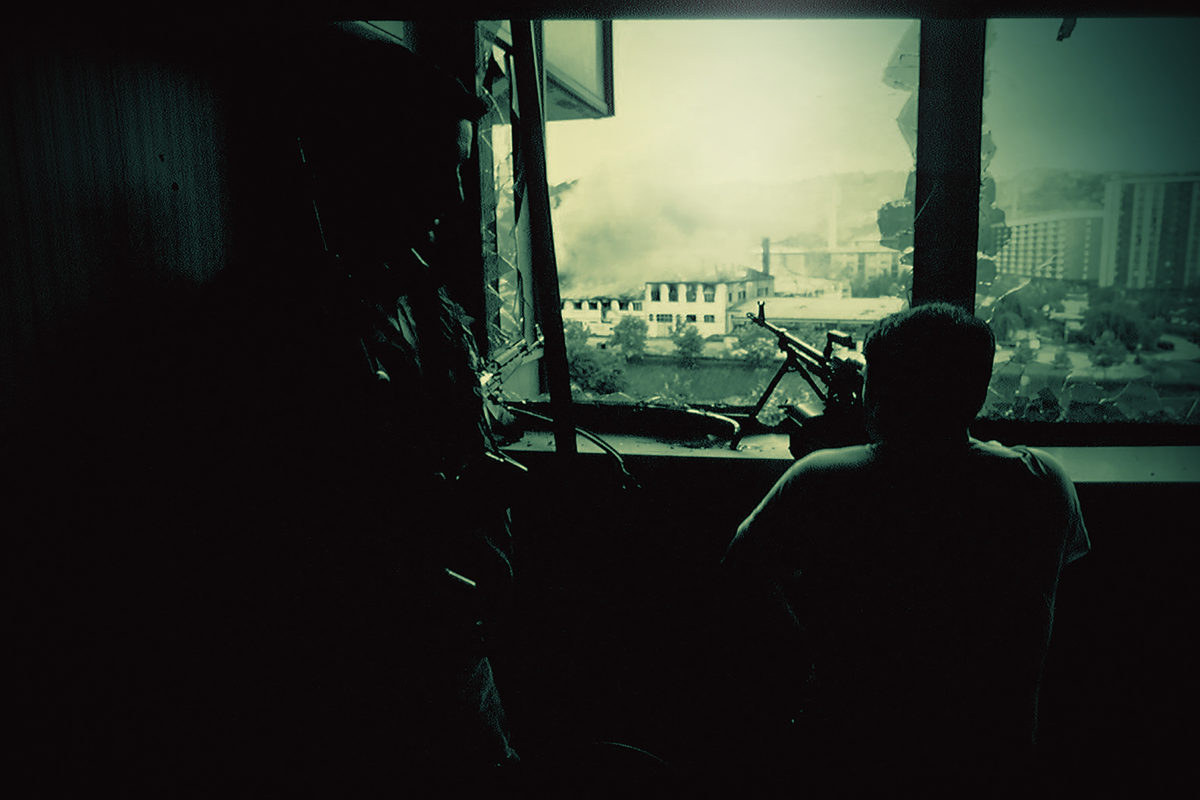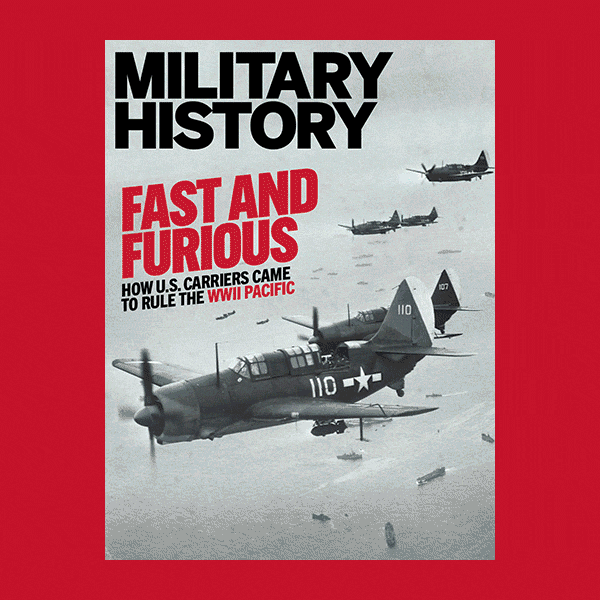On May 4, 1980, 87-year-old Josip Broz died in Ljubljana, Slovenia, after a remarkable six-decade career as soldier, revolutionary and statesman. He also left behind a remarkable multicultural experiment in national unity. Yugoslavia (Slavic for “Land of South Slavs”) was, as its name implies, conceived as a Balkan state for the southern Slavs. In practice, however, it was an unsteady confederation of six ethnically similar but culturally, religiously and linguistically different republics—Slovenia, Croatia, Serbia, Bosnia and Herzegovina, Montenegro and Macedonia. Tito had just the right combination of charisma and ruthlessness to force them to live together. His demise left a void no successor could fulfill, condemning the southern Slavic confederation to its own slow death.
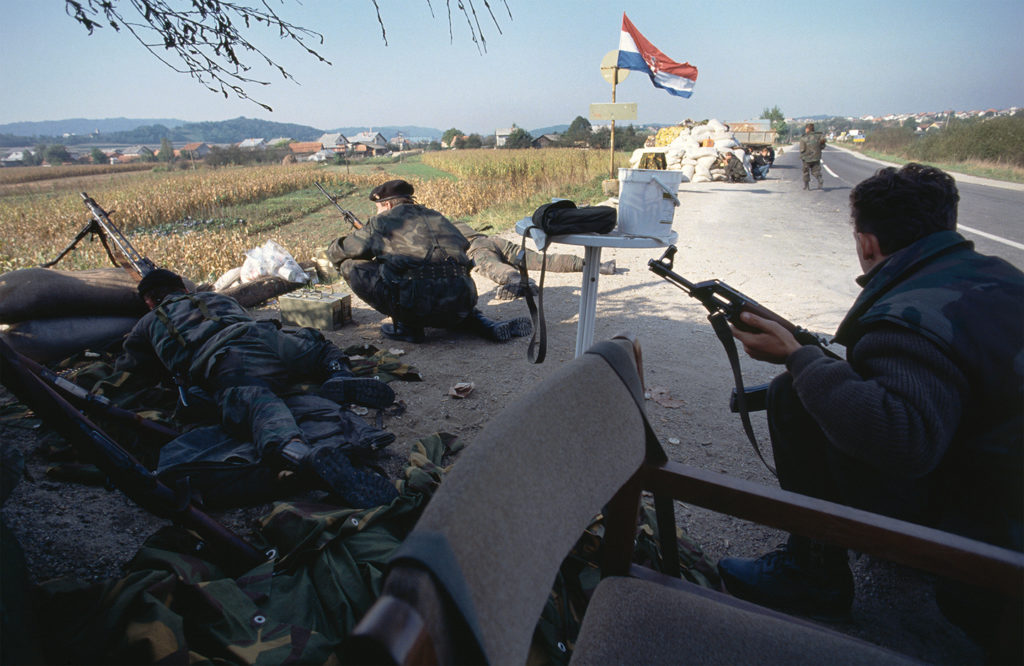
Josip Broz was born on May 7, 1892, in Kumrovec (in present-day Croatia), the son of a Croat father and a Slovene mother who raised him in the Roman Catholic tradition. Conscripted into the Austro-Hungarian army in 1913, he entered World War I as a senior noncommissioned officer and distinguished himself in combat before being wounded and captured by the Russians in 1915. During his time in Russia, or shortly after returning to his homeland, he joined the outlawed Communist Party of Yugoslavia and became increasingly activist, adopting the pseudonym “Tito” in 1934 (“to reduce the chances of exposure,” he later explained).
During World War II Tito commanded the multiethnic Yugoslav Partisans against the German and Italian occupation forces and their independent Croatian Ustase allies, also fighting alongside and sometimes against the Serbian royalist Chetnik resistance forces. In the fall of 1944 the arrival of the Soviet Red Army hastened the ouster of Axis forces from Yugoslavia. Following the liberation of Belgrade on October 20 Tito transformed the restored kingdom into the Socialist Federal Republic of Yugoslavia. His was no Soviet puppet state, however, and in 1948 he broke away from Joseph Stalin and the Warsaw Pact to pursue an independent course.
Tito was the lynchpin that held together a diverse nation. Following his death in 1980 Yugoslavia was overseen by a collective presidency of the six republics, but Tito proved an impossible act to follow, as each of his successors found themselves threatened with civil unrest. The post-communist elections of 1990 heralded the rise of the Croatian Democratic Union under President Franjo Tudman and Bosnia and Herzegovina’s predominantly Muslim Party of Democratic Action under President Alija Izetbegovic. By year’s end Serbia had adopted a new constitution and declared itself a constituent republic of Yugoslavia with Slobodan Milosevic as its president. From then on Yugoslavia’s republics began falling away one by one like leaves from a rotting tree.
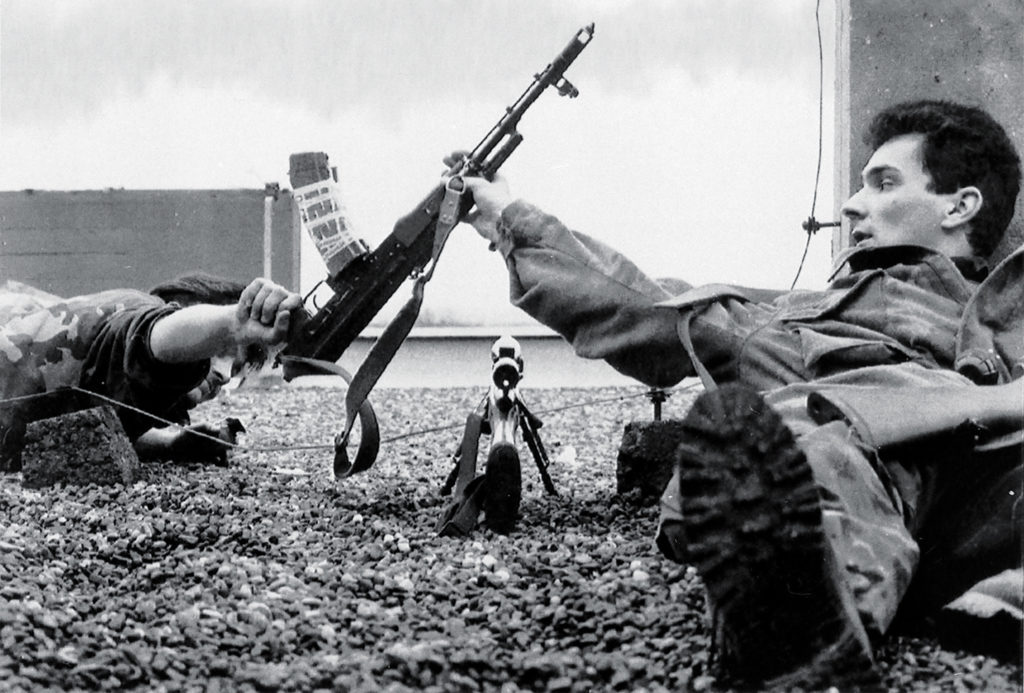
The first was Slovenia, which held a referendum in December 1990 in which the vast majority of Slovenes called for independence. On June 25, 1991, Slovenia formally seceded. Two days later tanks and armored vehicles of the Yugoslav People’s Army (JNA) deployed to the region. They were opposed by lightly armed but well organized and determined troops of the Slovenian Territorial Defense. A series of clashes followed. The JNA, faced with combating erstwhile citizens, put up only a token resistance. Tanks and other military equipment soon fell into the Slovenians’ hands. Slovene conscripts deserted from the JNA, adding to a chaotic situation. It was all over within 10 days. Some 75 people had been killed, including a dozen or so foreign nationals caught up in the fighting. Many others had been wounded. Soon afterward, in accordance with the Brioni Agreement negotiated by the European Community (EC), which acknowledged Slovenia’s liberation from the control of Belgrade, the JNA withdrew.
Factions throughout Yugoslavia had been closely watching events, which were soon repeated in Croatia, but on a far greater scale than anybody could have imagined.
For the Slavs
Yugoslavia (literally “Land of South Slavs”) traces its origins to the post–World War I Kingdom of Serbs, Croats and Slovenes. King Aleksandar I Karadordevic gave it its more familiar name in 1929. After World War II Tito held it together as the Socialist Federal Republic of Yugoslavia.
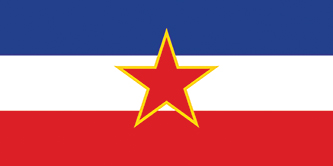
On July 25, 1990, the Serb Democratic Party issued a declaration proclaiming the sovereignty of Serbs in Croatia. This led to the creation of the Serbian Autonomous Oblast of Krajina. On March 16, 1991, its National Council declared Krajina’s independence from Croatia, raising political tensions and prompting ever increasing internecine incidents. In eastern Croatia’s disputed Slavonia region events came to a head in May when a dozen Croatian policemen were killed trying to rescue colleagues held by Serbs at Borovo Selo, on the Danube River.
Croatia formally declared independence on June 25, after which conditions in Slavonia deteriorated into daily firefights between Croats and Serbs, the latter supported by the predominantly Serb-led JNA. The newly formed Croatian National Guard (ZNG) laid siege to federal barracks, initiating a series of clashes known as the Battle of the Barracks, which ended late that year with Croats in possession of vast quantities of military hardware, including tanks and heavy weapons. Elsewhere, Serb militia, in conjunction with federal forces, engaged Croats in open warfare marked by mortar and artillery barrages, bombings, tank assaults and infantry attacks that devastated towns and villages and left thousands homeless. By autumn the front extended from Vukovar west to the Papuk mountains and southwest to Novska. It continued along the Sava River to Sisak and beyond and along the Kupa River to Karlovac. There was further fighting along the Adriatic coast, particularly around Zadar, Sibenik and Dubrovnik.
In Vukovar, in the disputed region of eastern Slavonia, a number of violent incidents had preceded the outset of the war. By July 1991 the situation had deteriorated as Croats and Serbs laid claim to surrounding districts. In August the federal army launched an offensive, with Vukovar as its main objective. For the Serbs, the city was key to achieving and consolidating their hold on eastern Slavonia. In taking the territory west of the Danube, the Serbs could extend their own borders and control the Privlaka and Srijemske Laze oil fields, south of Vukovar.
On August 24 the Serbs commenced a heavy bombardment of Croatian forces in and around Vukovar. Artillery, mortars and tanks, supported by the Serbian air force and gunboats on the Danube, concentrated a tremendous amount of firepower against the city. The strategy was simple: sever Vukovar’s energy, water and food supplies, disrupt communications and create a killing zone. In order to survive, the inhabitants, among them Serbs, took to living in cellars. Those daring to appear aboveground risked injury or death. Occasionally, the shelling would lessen as Serbian tanks and/or infantry advanced ever closer.
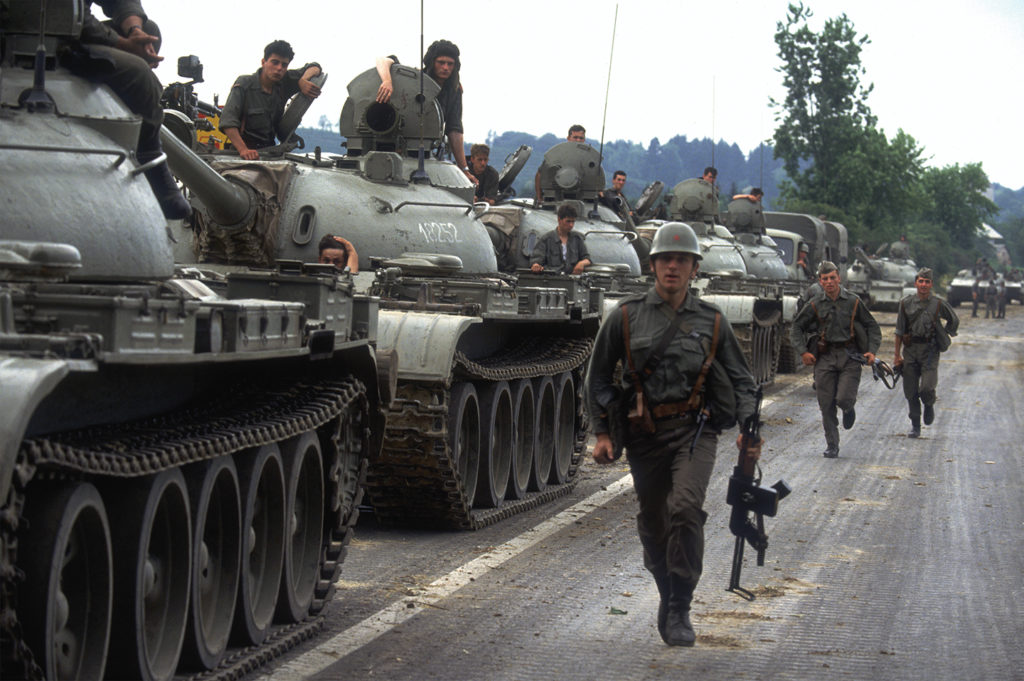
For 87 days a vastly outnumbered and outgunned ZNG, together with volunteers from other parts of Croatia, put up a desperate defense. Ultimately, however, on the afternoon of November 18 the last holdouts in central Vukovar surrendered. The battle had cost both sides dearly and would contribute to a temporary cease-fire some six weeks later.
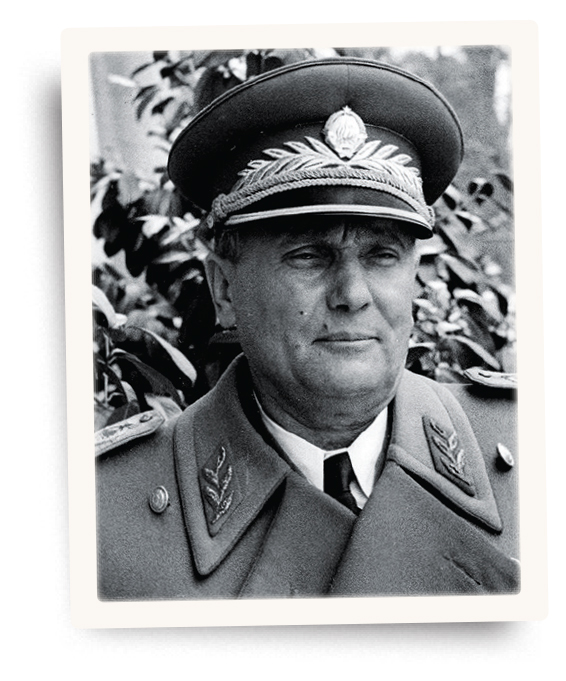
On November 27 the United Nations Security Council (UNSC) agreed to send a peacekeeping force to Yugoslavia, subject to a prevailing cease-fire and on condition Croatian forces discontinued their siege of military establishments, thus enabling the JNA to withdraw. Two days later the federal army began to pull out of Zagreb. Elsewhere, the war continued. Not until Feb. 21, 1992, did the UNSC finally approve Resolution 743, authorizing deployment of a United Nations Protection Force (UNPROFOR). Six weeks later the first UNPROFOR units arrived in Croatia. Although the situation was far from being under control, events were soon overshadowed by the war’s spread to Bosnia-Herzegovina.
Late in 1991 Serbs in Bosnia-Herzegovina had made clear their support for a “Serbian Republic…within the framework of Yugoslavia.” However, in late February 1992, within weeks of EC recognition of Slovenia and Croatia, a referendum in Bosnia-Herzegovina also resulted in a majority vote in favor of autonomy. Bosnian Serbs, most of whom had boycotted the referendum, responded by erecting barricades in the capital, Sarajevo, ostensibly in protest against an incident during a wedding procession outside Sarajevo’s Serbian Orthodox church in which the groom’s father was killed and the officiating priest was wounded. The situation quickly deteriorated. In scenes reminiscent of those in Slovenia and Croatia, Sarajevo’s army barracks were besieged and looted. The first of countless mortar attacks struck the city on April 6. In May escalating hostilities prompted the U.N. to withdraw its headquarters from the city.
Muslims, Croats and Serbs battled for control in and around Sarajevo and throughout the region—at Bosanski Brod and Brcko in the northeast, around Bihac in the northwest, and at Bugojno, Mostar, Foca, Gorazde, Visegrad and Bratunac. Initially, the superior firepower of the Serbs enabled them to achieve significant gains, notwithstanding a united Muslim-Croat effort. After the latter alliance collapsed over territorial claims, the Bosnian Muslim army had to contend with both Bosnian Serbs and Croats, each reinforced by compatriots from the other side of the border.
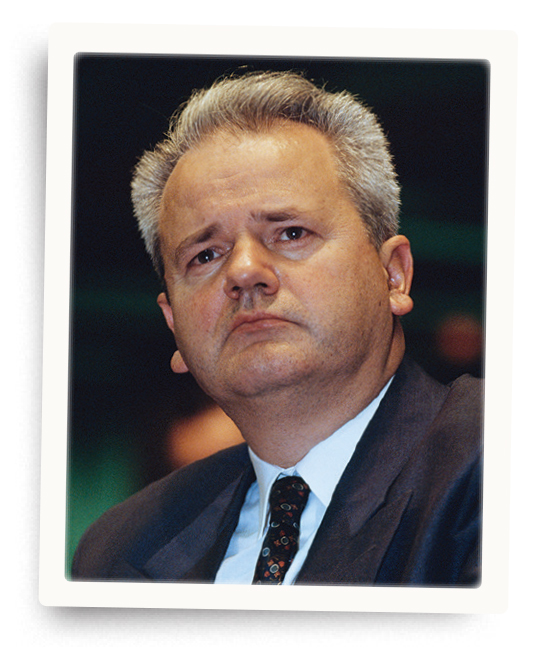
With the onset of winter the situation in Sarajevo worsened. Water and electricity services were disrupted, and there was a shortage of food and medicine. From the high ground around the city Serbian gunners maintained a constant barrage. Snipers picked off whomever they saw on the city streets.
Elsewhere, all three sides fought to retain what each considered their rightful territory. In contested areas the inhabitants were killed or forced to flee, their property looted and homes destroyed. The place then became a sort of no-man’s-land, with vigilant troops quick to shoot at anyone who dared return.
During four and a half years of war in Croatia and Bosnia-Herzegovina there was one broken cease-fire after another amid a succession of internationally brokered peace talks. In January 1993 fighting again erupted in Croatia when Croats launched an offensive to recapture key positions around the coastal town of Zadar. In Bosnia-Herzegovina Serbs took Kamenica in February and Cerska the following month. In April continuing actions in the Drina valley resulted in the U.N. evacuating Muslim civilians from Srebrenica—a controversial move that, ironically, resulted in the U.N. being accused of so-called “ethnic cleansing,” a process that had begun in Croatia and would come to characterize the war in Bosnia-Herzegovina. Croats and Muslims clashed at Kiseljakm that month and at Jablanica and Konjic, on the route between Sarajevo and Mostar, into May. Fighting intensified in and around Mostar in May.
Under continuing international pressure, and faced with the worrying prospect of a military alliance between Bosnian Serbs and Croats, President Izetbegovic conditionally agreed on June 7 to establish six “safe areas” for Muslims in Bosnia. Simultaneously, renewed fighting round Travnik culminated in Croats fleeing their Muslim erstwhile allies to seek refuge among the Serbs.
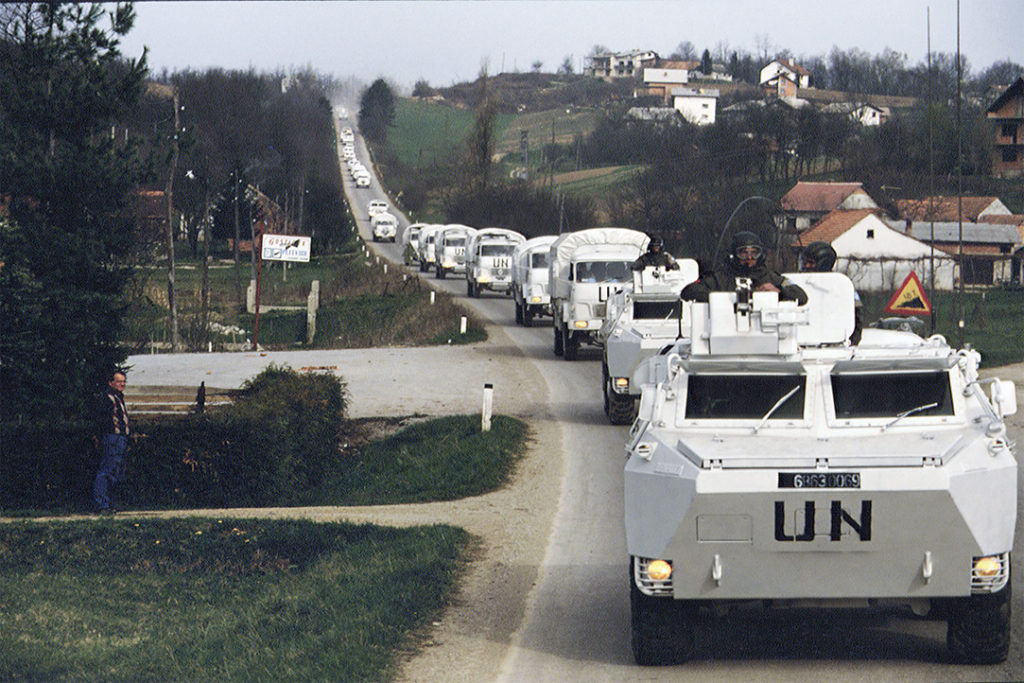
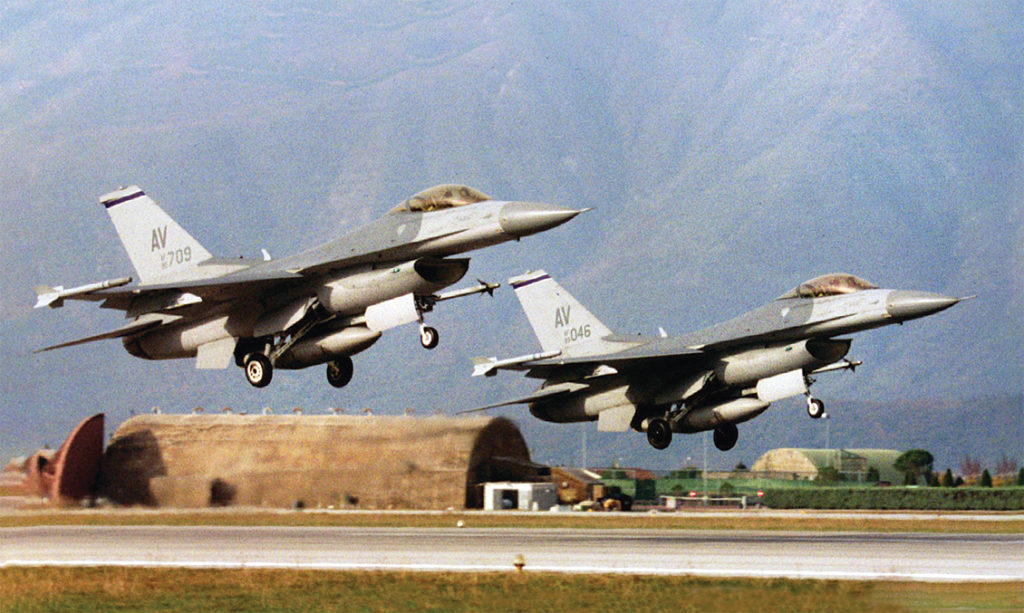
Hostilities continued through the summer and fall of 1993. Northeast of Sarajevo, Zuc was subjected to a devastating artillery barrage. Southwest of the city Muslims and Serbs also battled for possession of Mounts Igman and Bjelasnica (from which the victorious Serbs would later be forced to withdraw in order to avoid the threat of North Atlantic Treaty Organization air strikes). Elsewhere, Muslims achieved considerable success, seizing control of several important towns, including Gornji Vakuf, Fojnica, Busovaca and Vares.
As Bosnia-Herzegovina entered its second winter of the war, the fighting showed little sign of abating. February 1994 brought further international outrage when 68 people were killed and many more wounded apparently by a single mortar shell that detonated in a crowded marketplace in Sarajevo. No one was able to ascertain who was responsible, but Serb forces were given 10 days to withdraw heavy weapons from around the city or face the consequences. Simultaneously, NATO called on Muslim forces to place their own heavy weapons under U.N. control. In another diplomatic move, presumably to dispel any accusations of prejudice, not least from Moscow, U.S. President Bill Clinton announced NATO would target anyone who continued to shell Sarajevo. The Serbs, knowing full well who would be held responsible for any such violation, prudently complied with the ultimatum. By late February, after having been under siege for 22 months, the Bosnian capital was at last able to enjoy some semblance of normality.
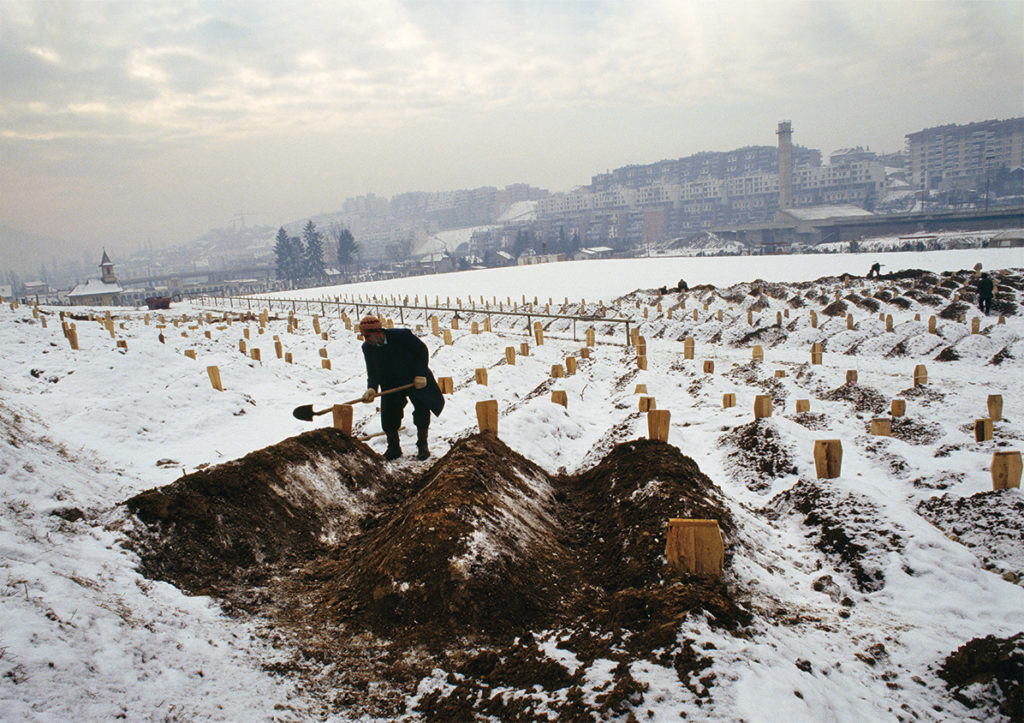
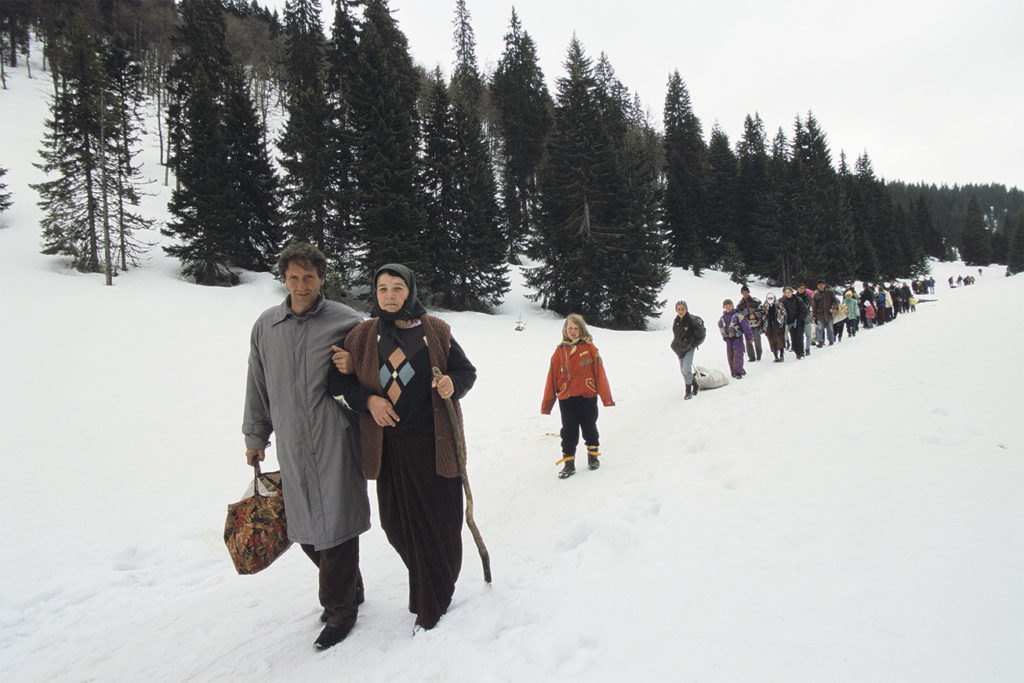
In April 1993 NATO had launched Operation Deny Flight to enforce a U.N. no-fly zone over Bosnia and Herzegovina. Nearly a year later, on Feb. 28, 1994, NATO carried out the first active combat action in its 45-year history when American F-16 fighters shot down four Serbian aircraft operating in defiance of the ban.
In March a tentative peace was negotiated between Bosnian Croats and Muslims subsequent to forging a joint federation. On the 19th Bosnian Serbs besieging Maglaj suddenly pulled back, a move that enabled the U.N. to send its first aid convoy in five months. A respite from the slaughter lasted until the end of the month, when “fierce fighting” was reported between Muslim and Serbian forces in central Bosnia. Farther east the so-called “safe area” of Gorazde also continued to come under attack by Serbs. On April 10 and 11 Serbian positions around the embattled Muslim pocket were bombed by NATO aircraft in the first of a number of ground attacks. Within days Serb fire brought down a British Sea Harrier (the pilot ejected to safety), and little more than week after that a British joint commission observer (a Special Air Service noncommissioned officer) was shot dead in Gorazde. The situation devolved further in late May when some 400 U.N. personnel were detained in a retaliatory move by Serbs.
Talks aimed at securing a cease-fire throughout Bosnia-Herzegovina commenced in Geneva on June 6, 1994. On the 8th the warring factions agreed to a one-month cease-fire. Within days, however, there was fighting in the northwest Bihac enclave and between Zenica and Tuzla, around Brcko and in the area of Vozuca in the Ozren mountains region.
In late May 1995 Serb forces again humiliated the U.N. by seizing personnel, this time for use as “human shields” in an effort to deter NATO air strikes. All were released in mid-June following the implementation of UNSC Resolution 998—the establishment of a rapid-reaction force within UNPROFOR.
The final battles played out during the summer and fall of 1995. On July 11 Serb forces overran the “safe area” of Srebrenica, then two weeks later that of Zepa. Later that month the Croatians announced their intention to provide military assistance to Bosnian government forces. A few days later, on the 28th, thousands of Croatian troops crossed the border and struck at Serb positions. On August 4 the Croatians moved against Krajina, retaking the region within days and precipitating a massive exodus of Serbian refugees, who sought sanctuary in Bosnia-Herzegovina and Serbia.
Last One Out
Serbia cofounded the precursor kingdom that became Yugoslavia in 1929 and remained the dominant member of the subsequent socialist republic. After the breakup it and Montenegro formed a reduced federative state until the latter declared independence in 2006.
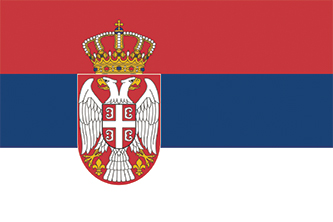
On August 30—two days after another mortaring of the marketplace in Sarajevo, in which more than 40 died—NATO aircraft launched a series of sustained attacks on Bosnian Serb positions. It was a clear indication of NATO support for the Bosnian government.
On September 8 U.S. diplomat Richard Holbrooke helped broker an agreement to stop the fighting in Bosnia. On October 5 the warring factions agreed to a cease-fire, which went into effect a week later. On December 14 the signing of the Dayton Agreement finally brought the war in Bosnia-Herzegovina to a conclusion. But hostilities continued unabated elsewhere in the Balkans.
In 1998 growing discontent among ethnic Albanians in the autonomous region of Kosovo erupted into violence, as the Albanian-backed Kosovo Liberation Army sought to rid the country of Serbian rule. When the Serbs retaliated, NATO intervened with a 78-day air campaign targeting Serbs, first in Kosovo and then in what remained of the Federal Republic of Yugoslavia. About half of Kosovo’s minority ethnic Serbs ultimately fled in fear of reprisals. On June 9, 1999, 11 weeks after the start of the air offensive, Serbian President Milosevic was forced to accept NATO’s terms for a peace plan that included the withdrawal from Kosovo of all Serbian armed forces, special police and paramilitaries. Kosovo unilaterally declared independence from Serbia on Feb. 17, 2008, though international recognition remains divided.
Of the remainder of the former Yugoslavia, Macedonia had declared independence in fall 1991 and, apart from a short period of internal strife in 2001, enjoyed a comparatively peaceful transition. A declaration of independence by the southern coastal region of Montenegro on June 3, 2006, was recognized by the Serbian parliament soon after.
No reliable figures exist, but during the years of conflict in the Balkans upward of 100,000 perished, countless people were injured, and millions were displaced. Of the former Yugoslavia, Serbia remains, together with the northern autonomous region of Vojvodina.
Anthony Rogers was a freelance photojournalist during the war in the former Yugoslavia. For further reading he recommends Seasons in Hell: Understanding Bosnia’s War, by Ed Vulliamy, and My War Gone By, I Miss It So, by Anthony Loyd.
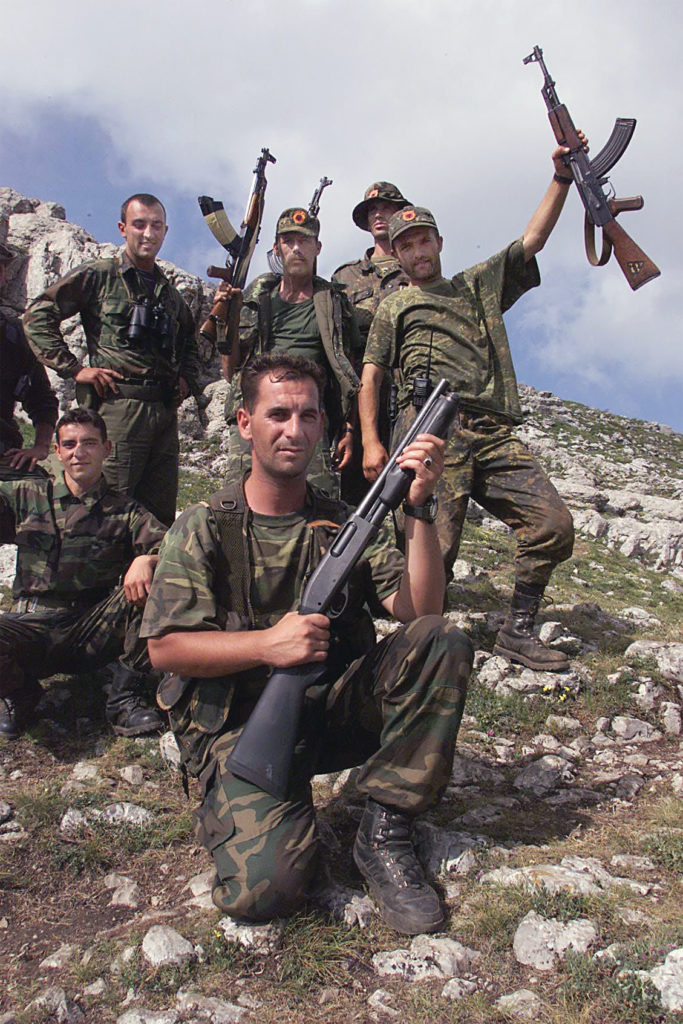
Balkans’ Complex History
The decline of the Roman empire left it divided between Rome in the west and Byzantium in the east, with a corresponding split in the Christian Church—Roman Catholicism in the west, Orthodox Christianity in the east. In the Balkans the dividing line more or less followed the River Drina, which today marks much of Serbia’s border with Bosnia-Herzegovina and helps explain why the religion is mainly Orthodox Christian east and south of the Drina and largely Roman Catholic further north and along the coast. But how did Islam come to be the majority religion in Bosnia-Herzegovina?
The centuries following the collapse of the Roman empire saw the emergence of Balkan states from which would evolve Serbia, Croatia and Bulgaria. The Slovenes, Macedonians, Montenegrins, Bosnians and people of Herzegovina would develop their own regional and national identities. By the 13th century Bosnia was populated by Roman Catholics, Orthodox Christians and the persecuted dualist Bogomilist sect. It began to merge with the southern region of Orthodox Christian Hum (later Herzegovina) in the early 14th century.
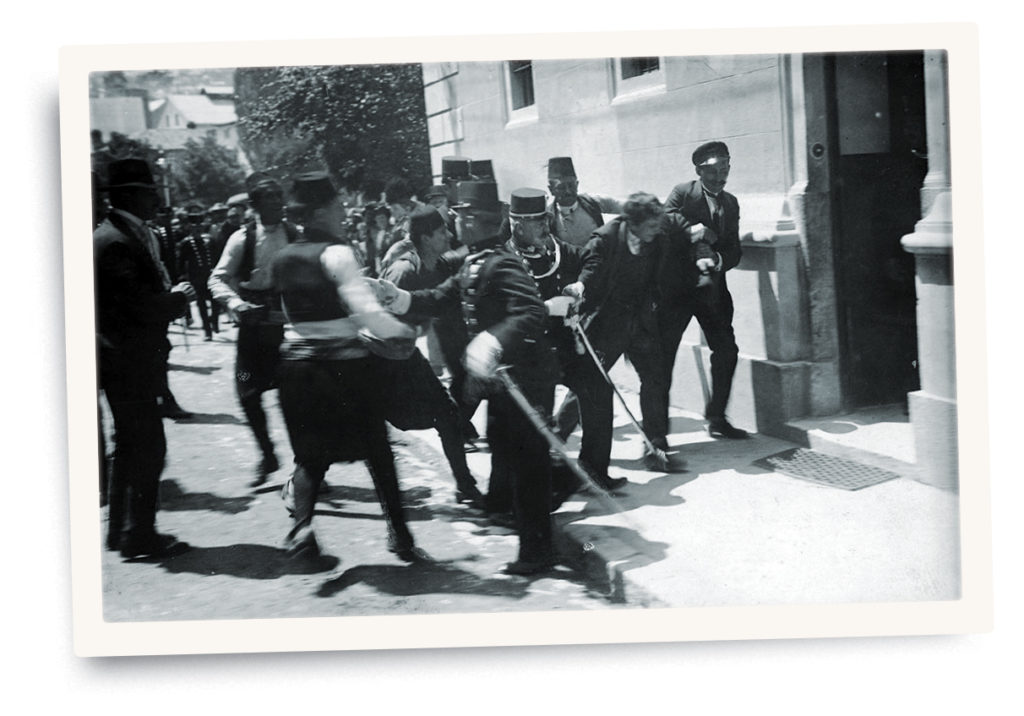
Muslim expansionism led to the crucial Battle of Kosovo in 1389, when Ottoman Turks defeated the Serbs, eventually driving them north to the Danube, while the Croats were pushed north toward Zagreb, Croatia’s present-day capital. It benefited the Bogomil heretics in Muslim-occupied regions to convert to Islam. In the 17th century, as the Ottomans were gradually forced to cede territory, many Muslims sought refuge in Bosnia and Herzegovina. The region was taken over by the Austro-Hungarian empire following the Russo-Turkish War of 1877–78, which also led to the independence of most of Bulgaria. An emergence of nationalist fervor culminated in the early 20th century with Serbia, Montenegro, Bulgaria and Greece uniting in a brief and successful war with Turkey. Another conflict, between the victors this time, resulted in an expansion of Serbia’s borders. Relations between Serbia and the Austro-Hungarian government collapsed when, on June 28, 1914, Hapsburg Archduke Franz Ferdinand was assassinated in Sarajevo by Bosnian Serb terrorist Gavrilo Princip, precipitating the outbreak of World War I and the ultimate demise of the central and east European empires.
The postwar years saw the rise of the Serbian-dominated kingdom of the Serbs, Croats and Slovenes. In 1929 Serbian King Aleksandar I Karadordevic declared direct rule by decree in an attempt to curb continuing dissent among the member states. Five years later Aleksandar was assassinated. Not until 1939 was home rule bestowed on Croatia by his cousin and successor, Prince Regent Paul.
The German invasion in April 1941 led to further discord, with some in favor of occupation and others opposed. Ustase (insurgents), composed of pro-fascist Croats and Muslims, proceeded to eliminate Serbs, Jews, Gypsies and others. The situation also gave rise to Dragoljub “Draza” Mihailovic and his Serbian royalist Chetniks (from ceta, or “company”) and Tito’s communist Partisans. In the civil strife that persisted after 1945, Tito prevailed, and Mihailovic was executed by a communist firing squad, laying the groundwork for a Yugoslavian federation. History, however, was far from through with the Balkans. —A.R.
historynet magazines
Our 9 best-selling history titles feature in-depth storytelling and iconic imagery to engage and inform on the people, the wars, and the events that shaped America and the world.


